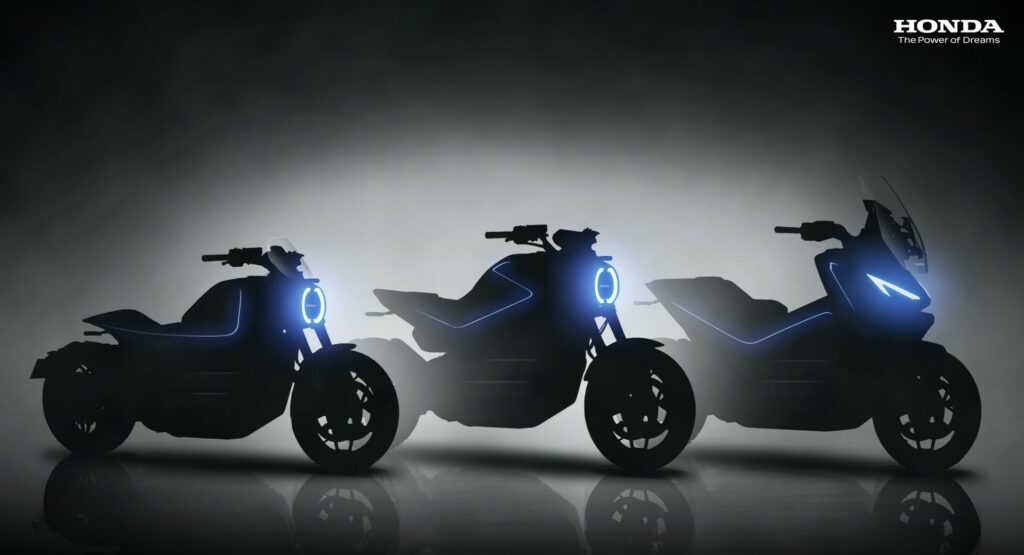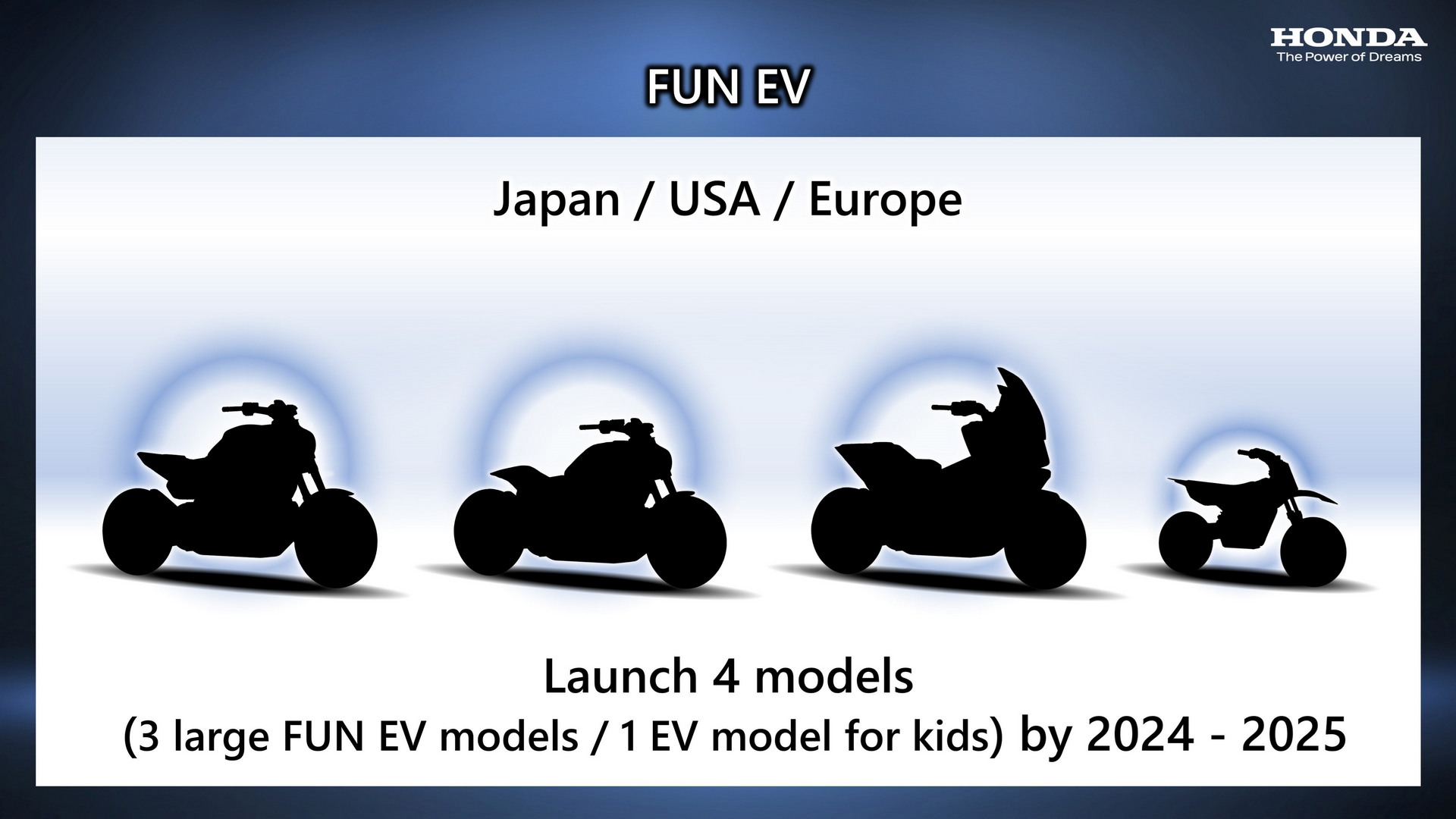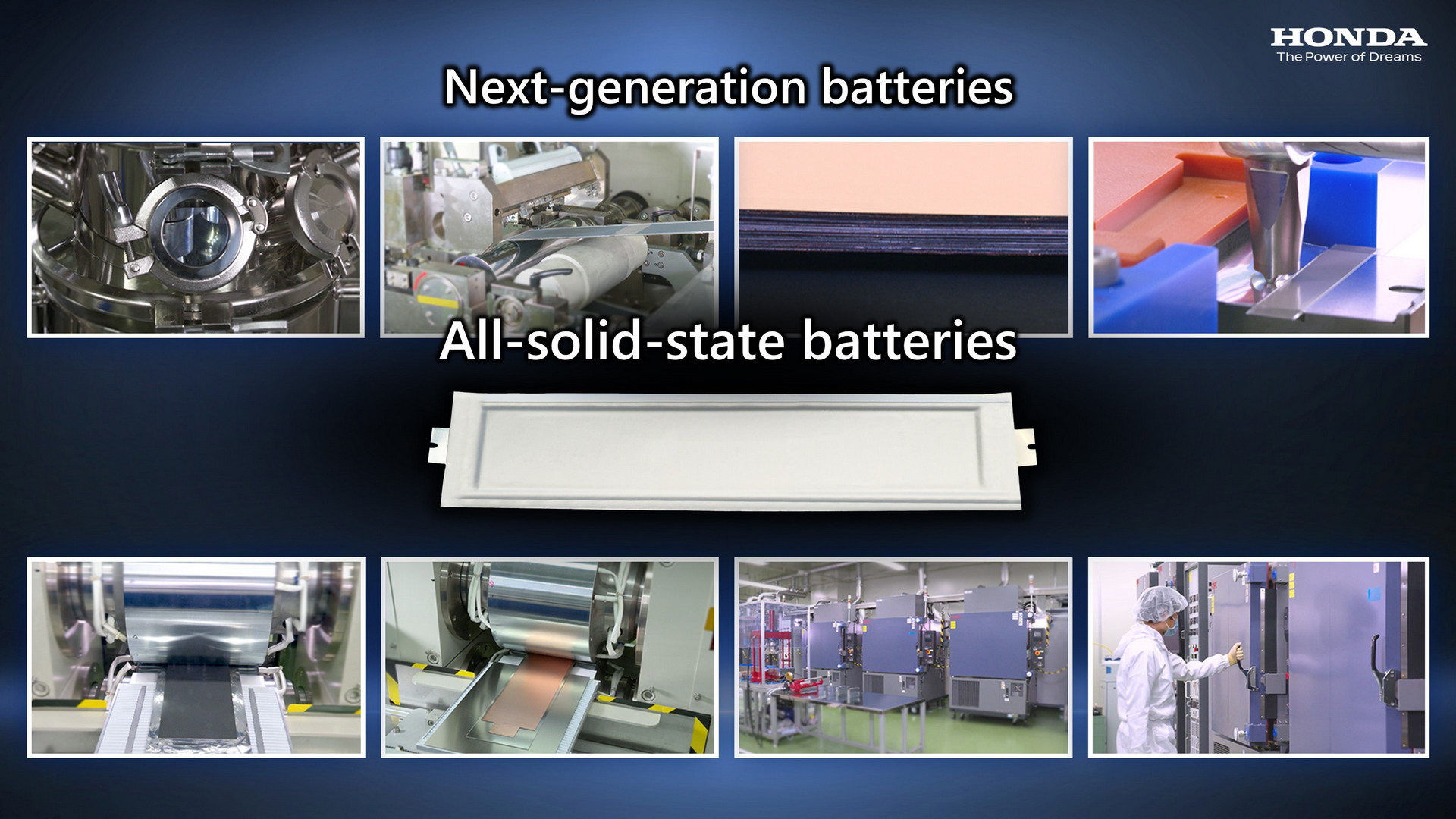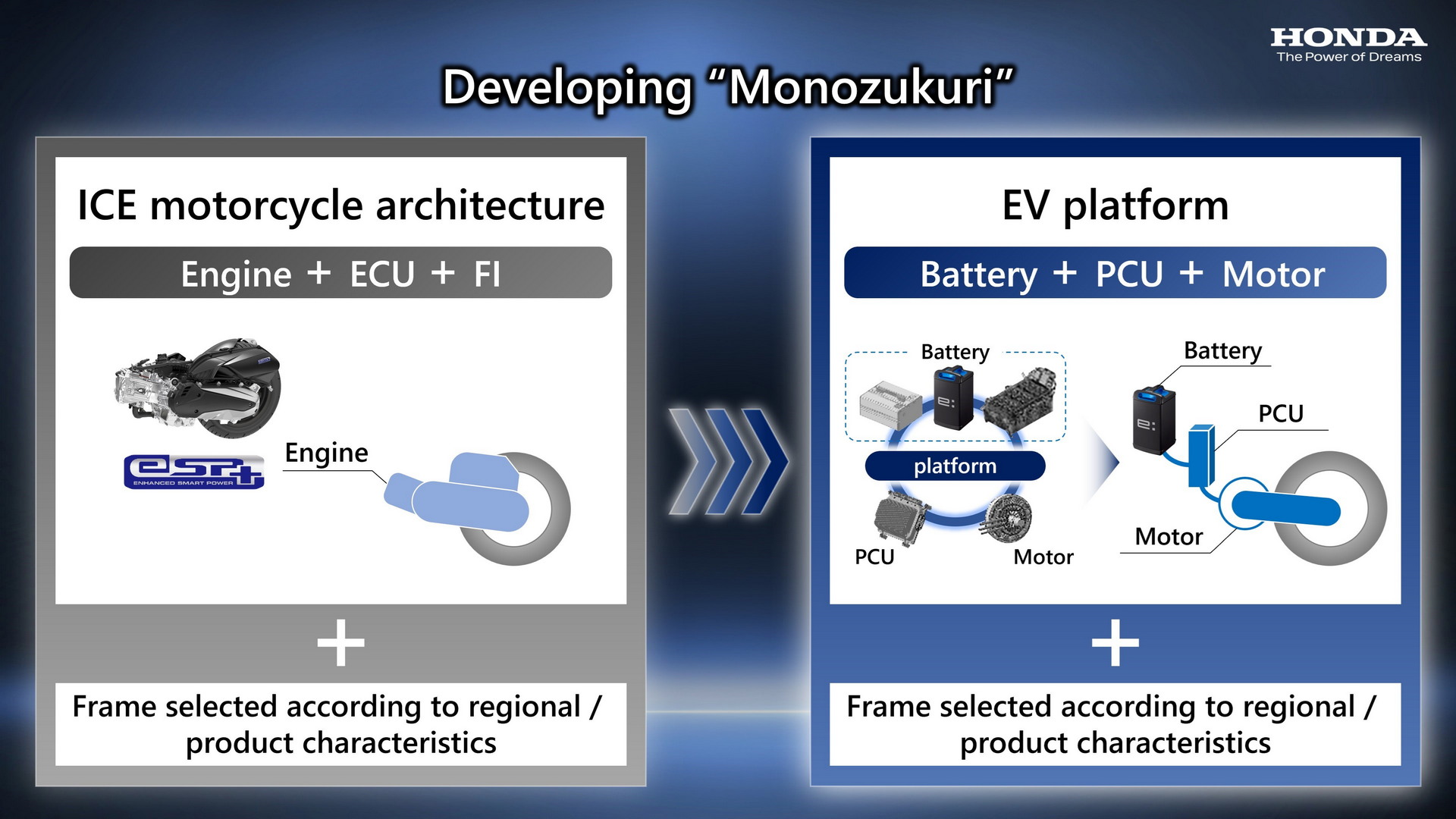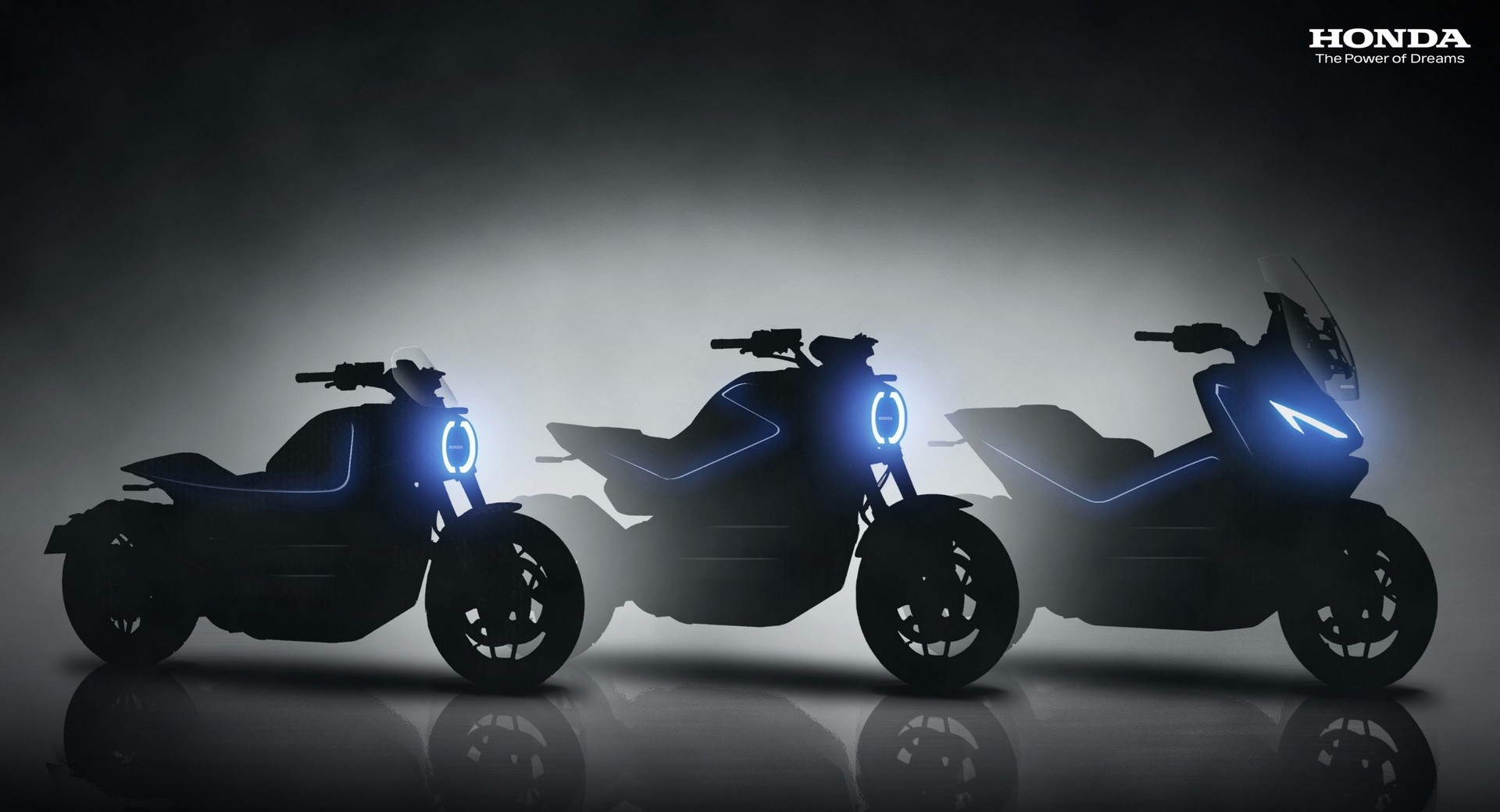The transition to electric vehicles isn’t limited to cars alone and today Honda has announced an ambitious plan involving electric motorcycles. By 2025, the Japanese giant will launch 10 or more electric motorcycles around the globe. It sees itself as responsible for leading the charge towards carbon neutrality as the world’s largest motorcycle manufacturer.
Honda says that its motorcycle business serves almost two-thirds of its 30 million customers each year. That’s a lot of bikes and it sees the market for electric bikes growing. With that in mind, it will continue its push toward electrification while also reducing CO2 emissions from its internal combustion models.
Read More: Watch A Harley-Davidson Livewire Take On A Tesla Model S Plaid In All-Electric Drag Race
The Japanese brand breaks down the planned models into three sub-categories. They include electric bikes capable of going no faster than 25 km/h (15.5 mph), electric mopeds that can go up to 50 km/h (31 mph), and electric vehicles (think traditional motorcycles), which can go above 50 km/h. The USA, Japan, and Europe will get three of the full-sized electric vehicle types and a single small electric vehicle specifically for kids.
Across the world, new electric moped and bike models will be available as early as by the end of this year. In Japan specifically, Honda plans to launch two new commuter electric vehicles by the end of 2025. It says that solid-state batteries could be a valid option for its electric motorcycle lineup and that the high level of compatibility of software across EVs could “unlock the future of motorcycles.”
Ultimately it believes that standardizing battery swapping technology could be a big boon for the segment as well but it’s not putting all of its eggs in that basket. Electric motorcycles with non-swappable batteries are coming too and a few models from its Business Bike series have already launched.
In 2024, it hopes to have production EV motorcycles that use software to enrich the quality of riding through connectivity. It sees a future where your bike can offer optimal route guidance based on range and charging locations. It also thinks that the bike could offer safe riding coaching and after-sales service support.




